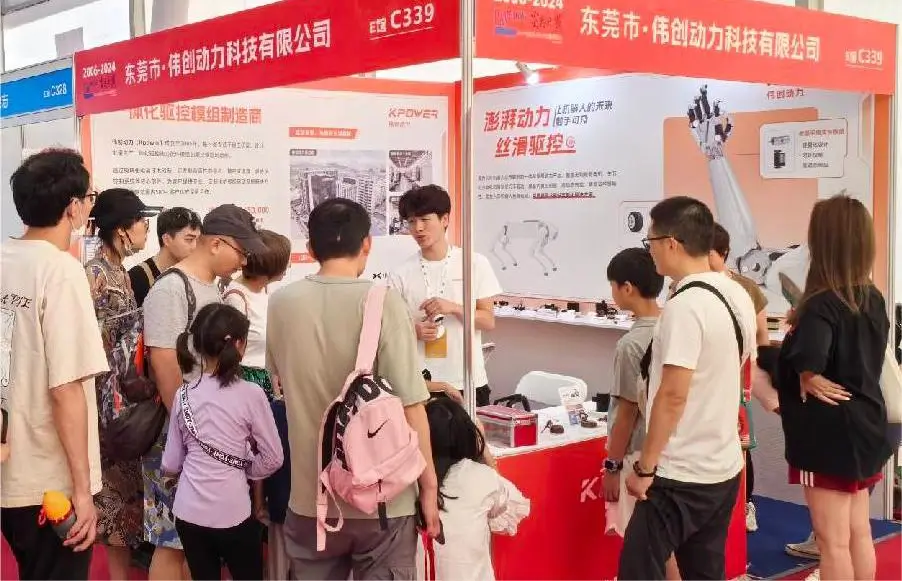Ever wonder how precise your robotic arm really is? Or how that tiny drone makes sharp turns with pinpoint accuracy? It all comes down to one thing — the servo motor’s degree of rotation. This little hero might seem simple, but it’s packed with power, making sure everything moves just right.

When you’re talking about “degree of rotation,” think of it like the motor's turning range. Some servo motors spin a full 180 degrees, perfect for tasks that need a quick, tight swing—like opening a valve or adjusting a camera angle. Others can rotate a full 360 degrees, ideal for continuous rotation projects, such as wheel drives or robotic trolleys. It’s like your motor has a pretty solid personality—knowing exactly how much it can turn, but also how far it can go.
Imagine building a robotic hand. You want those fingers to flex just enough without overextending. Picking a servo motor with a 90-degree rotation might be perfect for that delicate chore. But for a robotic arm that needs to spin around entirely to grab something behind it, a 180-degree or even 360-degree rotation servo can handle that gracefully. The magic lies in the degree of rotation — it’s the limit, as well as the freedom, of movement.
So, are you wondering how precise these motors are? Well, some offer 1-degree accuracy or even less, meaning you get fine control over the position. And the best part? You can tune them, set the limits, and make sure they don't overshoot. That’s where the engineering trick comes in—making sure the motor’s rotation matches your needs exactly.
Why does this matter? Because knowing the degree of rotation helps avoid surprises. Picture a drone flipping in mid-air—if its motors can rotate 360 degrees, that flip is smooth, safe, and controlled. But if you tried that with a motor only capable of 180 degrees, your project might just hit a snag.
What makes these servo motors stand out? Their ability to deliver consistent, reliable rotation within their specified range. Think about a tiny screw that needs to turn exactly 45 degrees every time — the servo ensures repeatability. That level of control becomes the backbone of precision engineering, from hobbyist projects to industrial automation.
Getting your hands on a servo motor with the right degree of rotation means more than just plug-and-play. It’s about understanding your project’s needs. Do you want a fine-tuned movement or full-circle rotation? Or maybe both? With the right choice, everything syncs perfectly—the motor, the control system, the application.
In the end, this isn’t just about spinning things around. It’s about creating seamless, efficient motion. The degree of rotation isn’t just a number—it’s the boundary line between what your project can do now and what it will be capable of tomorrow. And when it comes to moving with precision, knowing the limits can open doors to innovations you never thought possible.
Established in 2005, Kpower has been dedicated to a professional compact motion unit manufacturer, headquartered in Dongguan, Guangdong Province, China. Leveraging innovations in modular drive technology, Kpower integrates high-performance motors, precision reducers, and multi-protocol control systems to provide efficient and customized smart drive system solutions. Kpower has delivered professional drive system solutions to over 500 enterprise clients globally with products covering various fields such as Smart Home Systems, Automatic Electronics, Robotics, Precision Agriculture, Drones, and Industrial Automation.




































